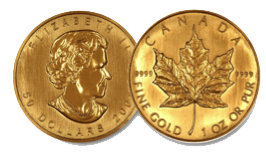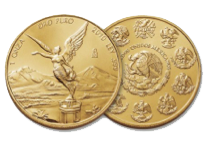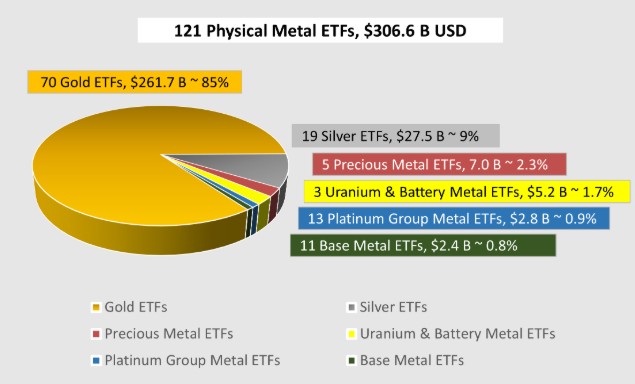What is Gold?

Gold has been a part of history in all parts of life such as religion and a medium of exchange for goods and services, and more importantly as a safe haven. Gold exploration has resulted in high grade gold districts discovered worldwide by some of the top gold stocks.
Over 165,000 metric tonnes of gold stocks are in existence above ground. Around 60% of today's gold becomes jewellery, where India and China with their expanding economic power are at the forefront of consumption accounting for approximately 65% of consumer demand in 2011 from gold exploration and production. India, Greater China (China, Hong Kong and Taiwan), US and Turkey represented well over half of consumer demand. On June 25, 2014, Chairman Xu Luode of the Shanghai Gold Exchange (SGE), said that China's gold demand reached 2,000 tonnes in 2013 (Click here to view more China Gold/Silver data by Koos Jansen of Bullion Star Blogs). Today, PBoC’s gold holdings were valued at US$ 72.122 billion at the end of November 2018. Canada holds no gold stocks, with other countries such as India, Russia, Turkey holding significantly more.

A key change in the gold industry is that after 18 years as net sellers, collectively central banks are now effectively net buyers, causing not only a significant decrease in supply but a corresponding, simultaneous increase in demand.
With different sets of socio-economic and cultural incentives driving each market, as well as rapid demographic changes in many of the key consuming nations will also likely produce new patterns of demand in the foreseeable future.
In creating supply, gold mining companies operate on every continent of the globe. This broad geographical dispersal means that issues, political or otherwise, in any single region are unlikely to impact the supply of gold. Beyond mine production, recycling accounts for around a third of all current supply.
Wit the introduction of the newly created Pan Asia Gold Exchange (PAGE) in China, brings a new source of investment into the Gold & Silver bullion markets. Chinese citizens are able to purchase physical Gold or futures contracts through an Renminbi (RMB) account with a bank or broker. Other Asian precious metal exchanges include the Shanghai Gold Exchange & Singapore Exchange of which both exchanges offer kilobar contracts via physical settlement.
Russia has among all other countries the best gold stocks that rank in the top 5 with 2,103 tonnes of monetary gold. On a year-to-date basis (for the 11 months from January 2018 to November 2018), the Russian central bank has added an incredible 264.3 tonnes of gold to its monetary reserve assets. These countries have allocated funds for gold stocks to buy and add to their monetary reserves.
Minaurum looks to address the need for demand of silver through advancing it's portfolio of gold projects such as its Vuelcos del Destino and Biricu projects in the multimillion ounce Guerrero Gold Belt. Click here to learn more.
2023 Key Highlights from World Gold Council
Annual gold demand (excluding OTC) fell to 4,448t in 2023, down just 5% from a notably strong 2022
Factoring in demand from the OTC markets and other sources, total demand climbed to a new annual record of 4,899t.

Source: World Gold Council, China Briefing, Shanghai Gold Exchange, Singapore Exchange

Global gold exchange-traded funds (ETFs) grew by US$21 billion in the first quarter of 2025 to reach their second highest quarterly level by value since the pandemic and second quarter of 2020.
70 unhedged gold ETFs had assets of $261.7 billion at the end of March 2025, according to data from ETF research firm MineralFunds.

Credit: MineralFunds

